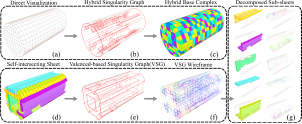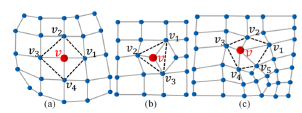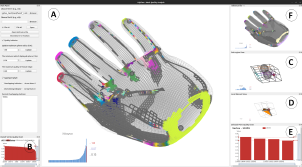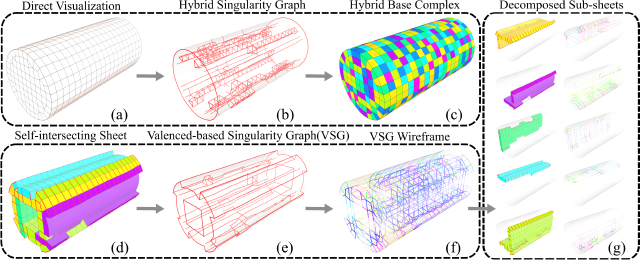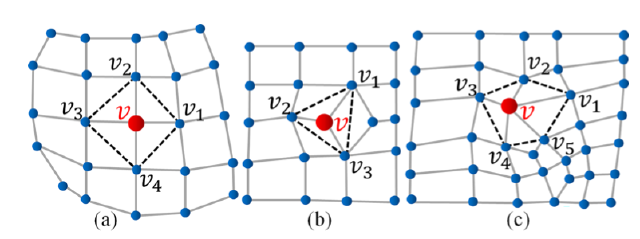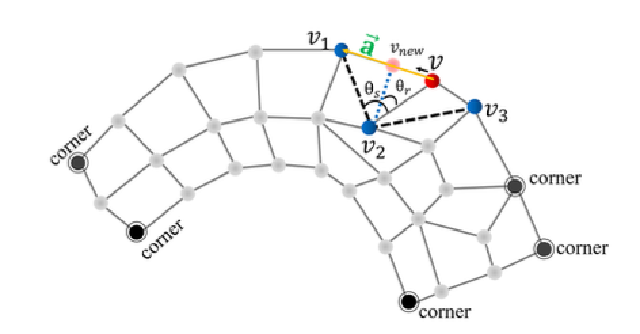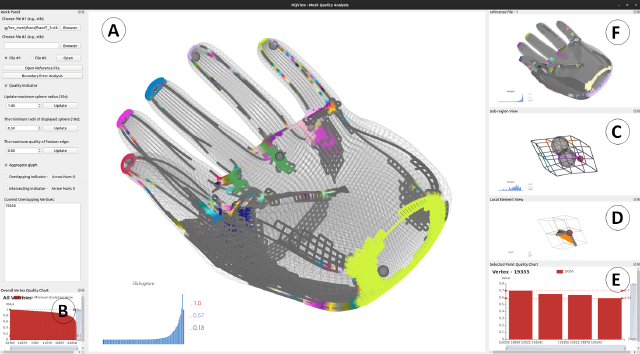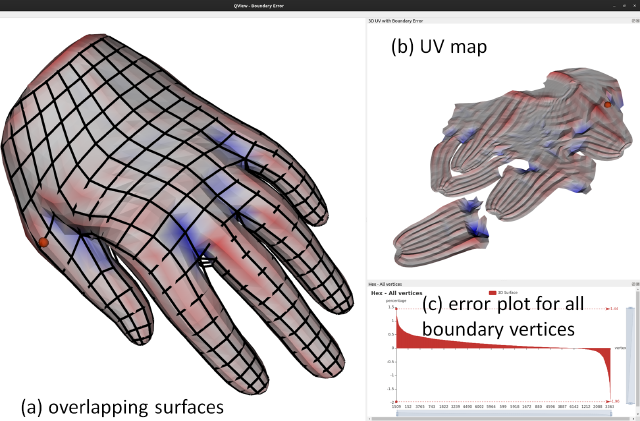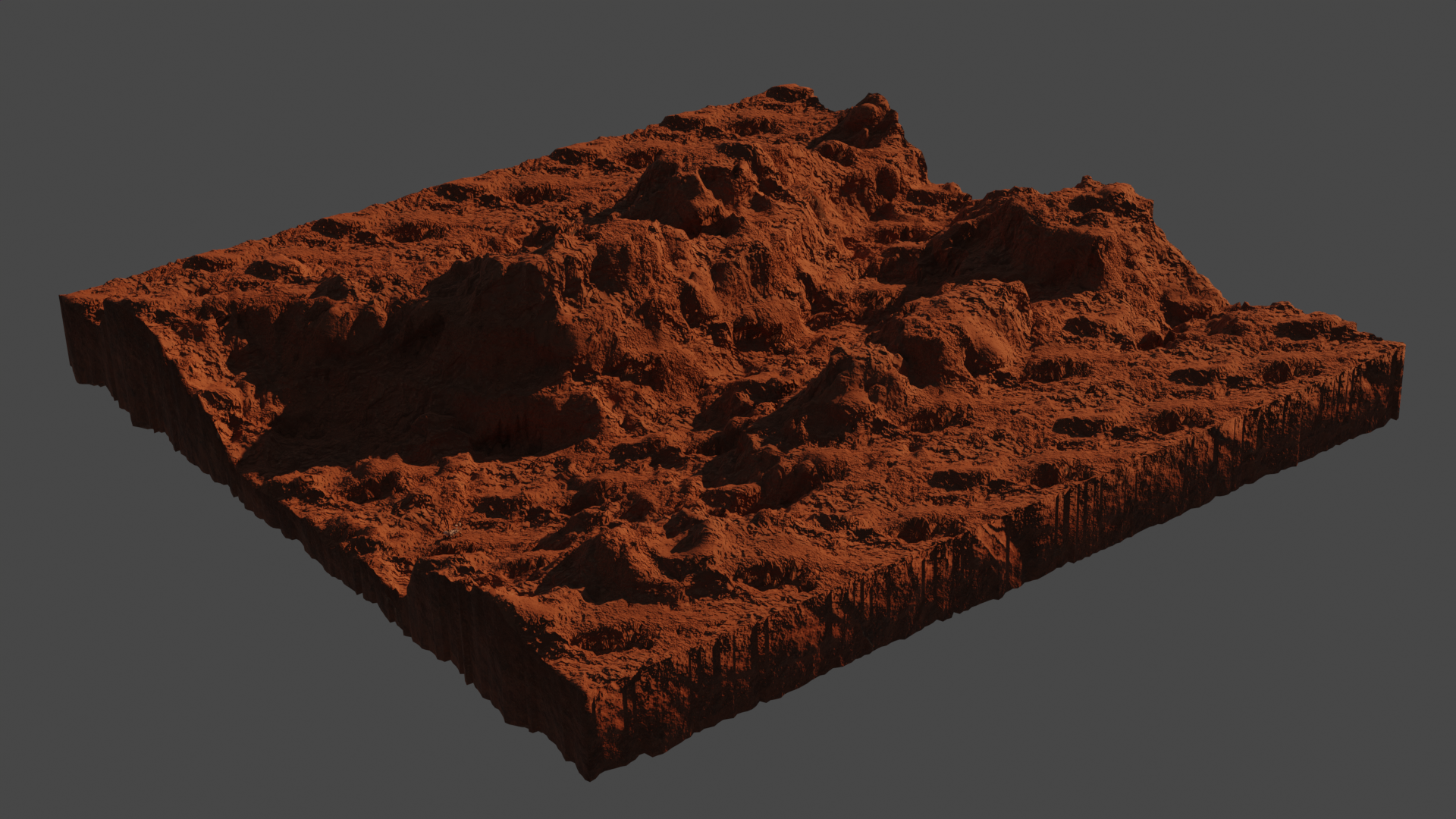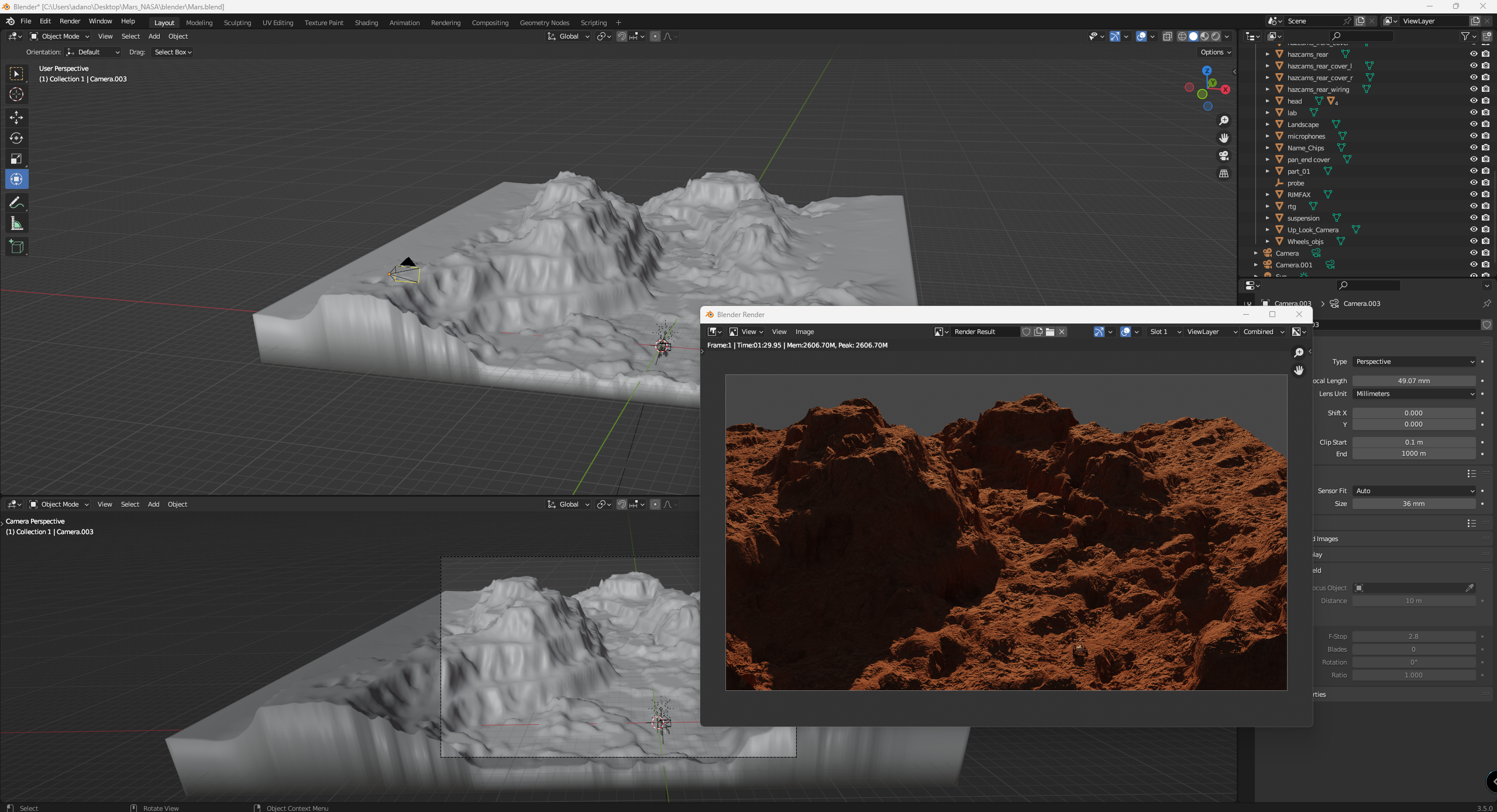Aobo Jin*, Qixin Deng*, Xianyong Fang, Qiang Fu, Wenhui Chu, Lei Si, and Zhigang Deng. Detail-
recovery free-form sketch based modeling. ACM SIGGRAPH Symposium on Interactive 3D Graphics and
Games, Under Review, 2025
Muhammad Naeem Akram, Lei Si, and Guoning Chen. Practical structure simplification of quad meshes.
Computers & Graphics, Under Review, 2025
Lei Si, Qixin Deng, Aobo Jin, Guoning Chen. Structure-informed hex-dominant mesh simplification. IEEE Transactions on
Visualization and Computer Graphics, Under Review, 2025
Lei Si, Haowei Cao, Guoning Chen. Hybrid Base Complex: Extract and Visualize Structure of Hex-Dominant Meshes, in IEEE Transactions on Visualization and Computer Graphics, vol. 31, no. 3, pp. 1818-1829, March 2025
Giulia Toti, Lei Si, David Daniels et al. Students and Instructors Reflections on the Impact of COVID-19 on Computer Science Education after One Year of Remote Teaching, 28 December 2023, PREPRINT (Version 1) available at Research Square
Lei Si and Guoning Chen, A Visualization System for Hexahedral Mesh Quality Study. IEEE Visualization 2023 Short Papers, 5 pages, Melbourne, Australia, October 2023
Muhammad Naeem Akram, Si, Lei, and Guoning Chen. An embedded polygon strategy for quality improvement of 2d quadrilateral meshes with boundaries. In VISIGRAPP (1: GRAPP), pages 177–184, 2021
Yanhui Guo, Thomas A Rothfus, Amira S Ashour, Si, Lei, Chunlai Du, and Tih-Fen Ting. Varied channels region proposal and classification network for wildlife image classification under complex environment. IET Image Process., 14(4):585–591, 2020
Chunlai Du, Shenghui Liu, Si, Lei, Yanhui Guo, and Tong Jin. Using object detection network for malware detection and identification in network traffic packets. CMC-COMPUTERS MATERIALS & CONTINUA,64(3):1785–1796, 2020
Chunlai Du, Shenghui Liu, Yanhui Guo, Si, Lei, and Tong Jin. Detection and information extraction of similar basic blocks used for directed greybox fuzzing. In International Conference on Artificial Intelligence and Security, pages 353–364. Springer, 2020
Yanhui Guo, Amira S Ashour, Si, Lei, and Deep P Mandalaywala. Multiple convolutional neural network for skin dermoscopic image classification. In 2018 IEEE International Symposium on Signal Processing and Information Technology (ISSPIT), pages 365–369. IEEE, 2018

